Shelly Grosenick, Lebanon, started canning foods in 4-H when she was a child, but she never imagined it would come in so handy as an adult.
“I took food preservation in 4-H while growing up. My Mom cans, my Grandmas canned — it’s a family thing,” noted Grosenick. However, her love of food preservation really started to explode as an adult after she experienced health issues that forced her to dive into the art full speed ahead.
“Just because I had to stop eating certain things didn’t mean I wanted to sacrifice good food, so I started growing my canning hobby to accommodate my food restrictions.” Today, Grosenick’s hobby garden expands about a half acre, plus fruit trees. “I grow about 100 different varieties of vegetables, fruits, herbs, and flowers. In addition, I practice crop rotation and companion planting, which is planting different plants together to help each other grow and protect each other from pests. In the last few years, I’ve learned which items grow best in certain areas of my garden, too, and of course, the vine plants go on the end.”
Grosenick grows most of her plants full circle. “I’m a seed saver, and I’m part of an heirloom seed group. It’s interesting to learn what seeds are better for our Wisconsin weather. From the seeds I save, I start all my plants in a greenhouse before transferring them to the garden.”
One might wonder how Grosenick goes about keeping weeds under control in a half-acre hobby garden. She dairy farms with her husband, Jim. They milk about 300 cows and store their feed for the winter in bunkers covered with very thick plastic. “We recycle our bunker-cover plastic for the garden. Before I plant, I clear the garden, and we lay down the large pieces of plastic. Then I cut holes to plant accordingly. We have two small children in addition to the farm, so I have to be able to take care of this garden by myself with them in tow. Laying down the bunker plastic really helps me control the weeds.”
Each year, Grosenick and her kids try to grow something new and different. “Every year is a learning experience. This year, my daughter picked yard-long beans; now, we’re learning how to trellis beans, since I usually grow bush beans.”
Grosnick’s children, Maddy, 5 1/2, and Tucker, 3 1/2, are a huge help in the garden; some garden design is done to accommodate them playing among the plants. “I try to plant items far enough apart to get a dump truck through, and my okra gets really tall, so that makes a great shaded play area for the kids.” According to Tucker, his favorite plants are “corn and pumpkin seeds.” Tucker went on to add, “We eat pumpkins. We make cake and pumpkin bars.” Maddy’s favorite vegetable is the cucumber. “I help plant the flowers, too, and sell them at the farmer’s market with Mommy. I like to sell them cause they’re pretty.” Maddy also enjoys canning peach salsa and blueberries with her Mom; they’re her favorite canned items.
“I do sell my canned goods and fresh produce at the local farmer’s market in Hustisford. Occasionally, I’ll sell at a few others places, but not very often, because this is just a hobby for me.” Grosenick has a few canned items that especially attract attention at the farmer’s market. “My most popular items are my salsa, three varieties of dilly beans, amaretto cherry jam, and hot pepper jellies. My new product for this year people seem to really like is my sweet and sour sauce. Another favorite is my cowboy candy, which is candied jalapeno.”
“As far as fresh produce, it depends on what’s available. I sell a lot of watermelon, cantelope, and squash. I grow some pumpkins for food, but I don’t grow decorations. I don’t have enough space; it’s an efficiency thing.”
Even though Grosenick has learned extensively from her expanding hobby, she still says there’s more educational opportunity. “There’s so much more I have to learn; it’s all because I got sick, or this would be a lot smaller. I was forced to think outside the box. For example, I use the okra I grow to thicken soups and casseroles, since I can’t have certain flours and such. It works great and doesn’t change the flavor of the food. In addition, some of the foods I grow can sweeten a recipe instead of using sugar or other sweetener.”
During the Dodge County Fair in August, there is an adult division for the general public called “open class.” Grosenick exhibits every year. Last year she won a special merit for her amaretto cherry jam, among other awards. “Competition is healthy for everybody, and I enjoy learning from the judges.” What does she have planned for this year? “I’m not sure, yet, what’s up my sleeve for this year. It’s fun to compete, though. I like to be creative and enjoy a good challenge. One year I might do really well, and the next year I might not, but I enjoy learning from the experience and getting new ideas.”
Open-class division entry areas include, but are not limited to, vegetables, flowers and plants, foods, clothing, knitting, crocheting, home furnishings, arts, crafts, photography, dairy products, honey, crops, and dairy cattle. Those interested can find the open-class exhibitor book and entry form from the top menu of this site, click on Dodge County Fair and scroll down to “exhibitor info.” Copies can also be obtained at a variety of banks and small-town grocery stores throughout Dodge County. The deadline is July 28 for cattle and Aug. 6 for the remaining categories.
By paying one fee of $25, exhibitors can enter as many projects as desired AND get a season pass for the 2018 Dodge County Fair (a $35 value). Monetary awards are presented to the top exhibitors in each category. The fair office is open during the summer, and the staff is more than willing to answer all questions about the open-class division. Call 920-885-3586.
Written by Dori Lichty — farm wife, 4-H Mom, and full-time communicator
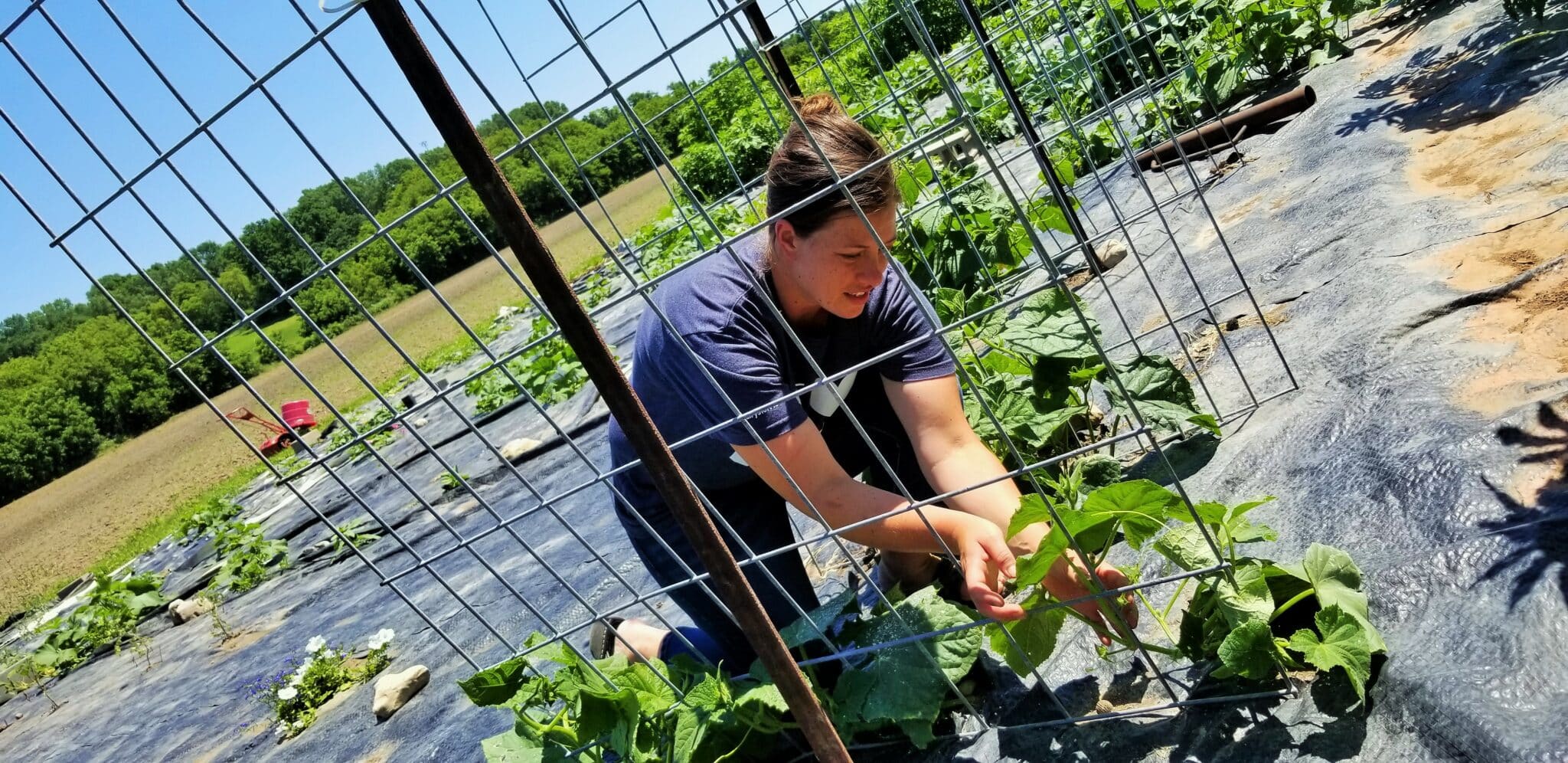
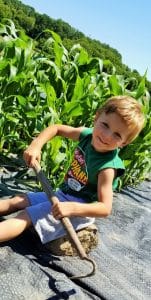
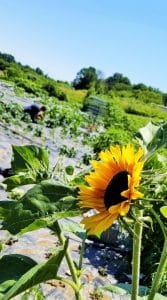
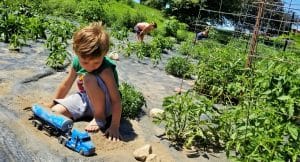
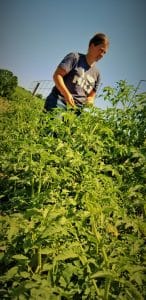
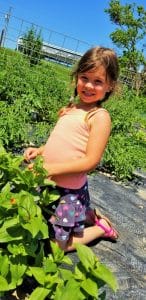

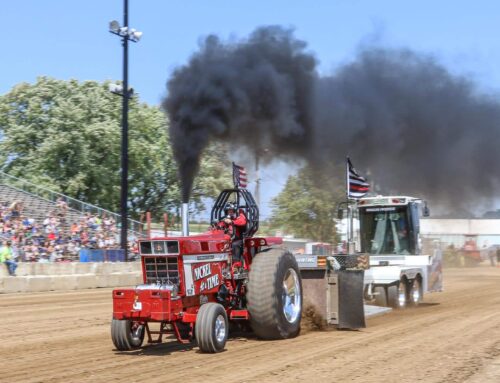



Leave A Comment